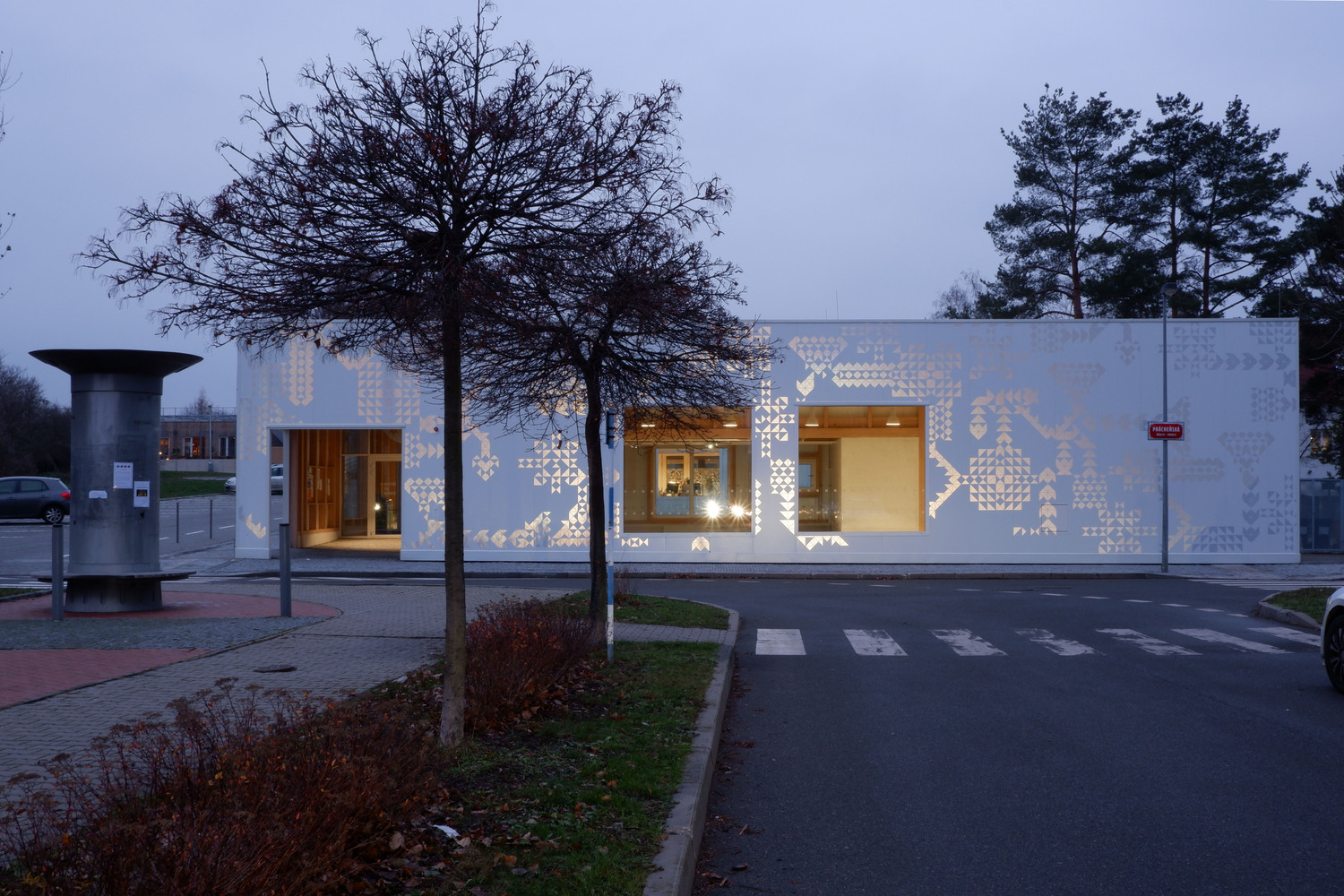Mani Tower House Z
2015-09-07 05:00
© Babis Louzidis
巴比·卢齐迪斯


架构师提供的文本描述。希腊位于伯罗奔尼撒南部的“马尼”地区是一个特殊的地方。它动荡的历史,崎岖的自然美景和独特的建筑为游客提供了难忘的经验。这是希腊的一项稀有和最宝贵的资产,现在正开始为所有人所接受,包括许多来自希腊以外的人,他们希望在该地区定居或在那里度过夏天。
Text description provided by the architects. Location The region of Greece in the southern Peloponnese known as ‘Mani’ is a special place. It’s turbulent history, rugged natural beauty and distinctive architecture provide visitors with an unforgettable experience. It is a rare and most valuable asset of Greece that is now beginning to be embraced by all, including many people from outside Greece, who wish to settle in the area or to spend their summers there.
© Babis Louzidis
巴比·卢齐迪斯


这座塔屋位于Exo NYFi,这是一个废弃的传统定居点,在东部马尼有石塔。在这个村子里,约翰·卡萨维蒂斯(JohnKassavetis)拍摄了他的电影“暴风雨”。房子坐落在山上,俯瞰着玛尼的景色,可以看到橄榄树林和大海。最初是一座废弃的两层建筑,建于18世纪,与道路隔绝,只有一条石砌的小路;废墟坐落在一个花园里,里面有橄榄树、胡桃树和带刺的梨仙人掌,坐落在山腰的怀抱里,有一个山洞。在东边,院子耸立着一座16世纪的塔,这是一座历史纪念碑,旁边还有一座拜占庭教堂,里面有12世纪的壁画。
The tower-house is located at Exo Nyfi, an abandoned traditional settlement in Eastern Mani with stone towers. In this village John Kassavetis shooted his film “The tempest”. Positioned on the hill the house looks out over the Mani landscape with views of olive groves and the sea. Initially an abandoned megalithic two-storey building dating from the 18th century, cut off from the road with access only over a stone-paved path; the ruin was located in a garden with olive trees, carob trees and prickly pear cacti, nestled in the embrace of the hillside with a cave. To the east, the yard abutted a 16th century tower, which is a historical monument, and alongside there was a Byzantine chapel with 12th century wall paintings.
© Babis Louzidis
巴比·卢齐迪斯


设计的目的是为了对塔楼进行闲置的翻修,并将其改造成一座散发着原始场所精神的度假别墅。该住宅的设计目的是作为一个起点和一个地方,使自己熟悉马尼的自然美景及其文化财富,从而帮助了解该地区的传统住区,并设法使它们恢复生机,因为随着时间的推移,它们慢慢被遗弃。在设计过程中所面临的主要挑战是如何在建筑与其历史背景之间建立辩证的关系,以及如何引入传统聚落对现有建筑和网络的补充。
Goals The intention of the design was for a spare renovation of the tower-house and its conversion into a holiday villa that exuded a primordial spirit of place. The residence was designed to function as a starting point and a place to familiarise oneself with the natural beauty of Mani as well as its cultural wealth, helping in this way to shed light on the traditional settlements in the area and try to bring them back to life, as they have slowly been abandoned with the passage of time. The main challenged faced in the design process were how to create a dialectic relationship between the building and its historical background and how to introduce the addition to the existing building and the web of the traditional settlement.
Floor Plan


基础设施的完全缺乏(接入、供水、废物处理、持续供电)使得自给自足、生态管理和生物气候设计成为强制性的,这与传统的解决土地贫困的方式并行不悖,只注重绝对必要的东西。该设计在各个阶段都考虑到了有限的建设能力,进入困难需要使用和管理现场的手段和资源。
The complete lack of infrastructure (access, water, waste disposal, continuous electrical power supply) made self-sufficiency, ecological management and bioclimatic design mandatory, which go hand in hand with the traditional ways of dealing with the poverty of the land and a focus on only what is absolutely necessary. The design took shape taking the limited construction capacity into consideration at all stages. Access difficulties required that on-site means and resources had to be used and managed.
© Babis Louzidis
巴比·卢齐迪斯


“Maina”设计是根据马尼保护区内的乡土住房类型设计的,目的是与该村现有的建筑相适应。在塑造室外区域时,使用了与建筑物不同的词汇,以便在直接的物理和历史景观与建筑物的新用途之间建立一种互动关系。
Design “Maina” was designed in accordance with vernacular housing types in the conservation listed settlements of Mani, in order to fit in with existing buildings in the village. In shaping the outdoor areas, a different vocabulary was utilised from that of the building, in order to set up an interactive relationship between the direct physical and historical landscape and the building’s new intended use.


原来的建筑保持着狭长的体积,垂直于山坡的地形等高线,与定居点中的其他房屋一样,向大海和东方望去。它包括两个层,总面积88平方米。新增加的建筑包括第二个长而窄的空间,与这座老建筑相邻,与景观浮雕保持相同的垂直关系,增加62平方米。住宅的所有三层构成单一空间,合适的开口位置确保了炎热的玛尼夏季的自然光和通风。这就产生了一个单一的度假别墅或两个独立的单位:卡托伊(睡4-5)和阿诺伊(睡4-5)。每一层都有独立的户外通道,每一层都是根据环境阳光和自然景观单独设计的。
The original building was maintained as a long narrow volume, which unfolds perpendicularly to the topographic contour lines of hillside, as do the other houses in the settlement, looking out to the sea and the east. It includes two levels with a total surface area of 88 sq.m. The new addition comprised a second long narrow volume added adjacent to this old building, maintaining the same vertical relationships with the landscape relief, adding 62 sq.m. All three levels of the residence constitute single spaces, and suitable placement of openings ensured natural light and ventilation during the hot Mani summers. This gives rise to either a single holiday villa or two independent units: the katoi (sleeps 4-5) and the anoi (sleeps 4-5). Each level has independent access to the outdoor areas, each designed individually according to ambient sunlight and the natural landscape.
© Babis Louzidis
巴比·卢齐迪斯


这座Mani塔楼是一座建筑,经过一段时间后被建造成一个连续的建筑,以满足其不同用户的空间需求。它最近改建成一座生态理念的度假别墅,目的是在这座建筑的悠久历史上留下一个轻盈的足迹,并开启游客和地方之间的对话。
This Mani tower-house is a building created in successive phases over time, in order to cover the spatial requirements of its various users. Its recent conversion to an ecologically-minded holiday villa is intended to leave a light footprint on the long history of the building and to open up a dialogue between travellers and place.
© Babis Louzidis
巴比·卢齐迪斯






































































Architects Z-level
Location Greece
Category Restoration
Architect in Charge Elena Zervoudakis
Area 150.0 sqm
Project Year 2011
Photographs Babis Louzidis
























